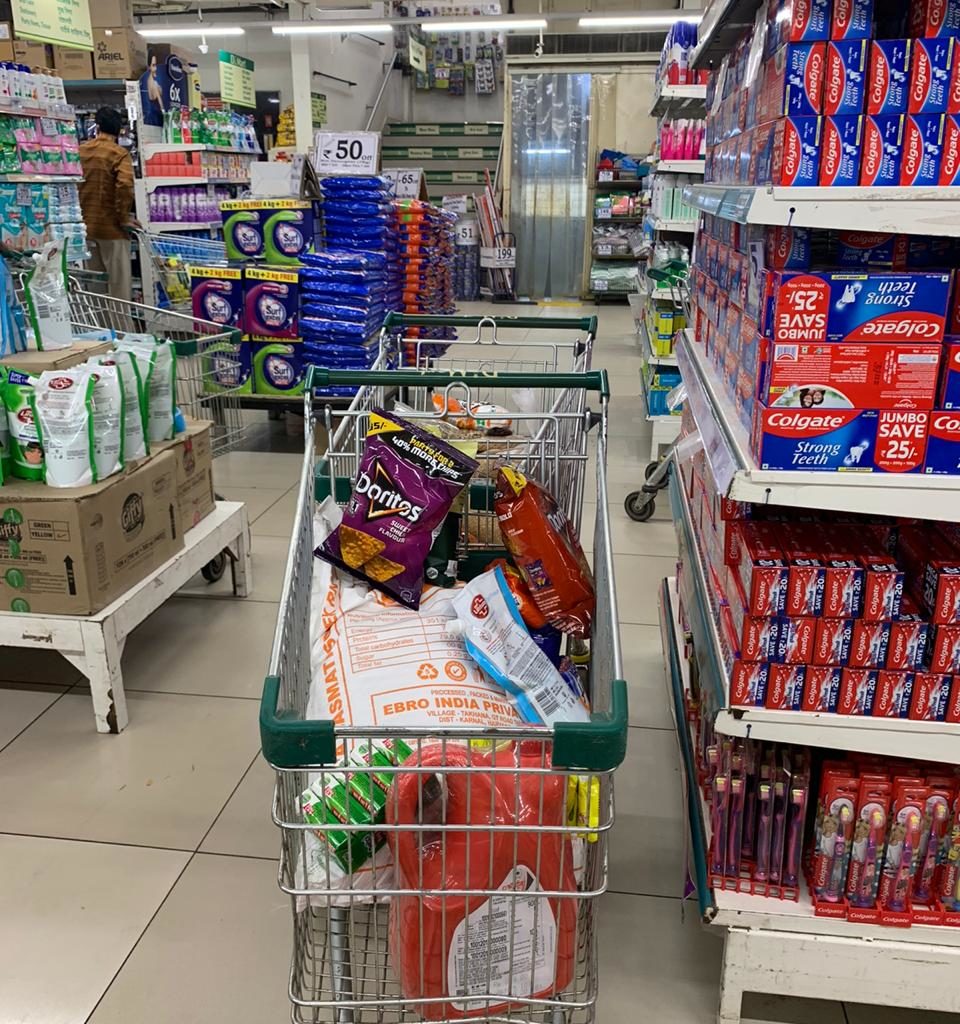Total Grade A mall stock at 90.6 million sq. ft in H1 2022, to reach approx. 122 million sq ft by 2025: JLL retail report.
JLL, launched a report titled “Innovate.Differentiate.Accelerate.India’sretail sector in 2022 and beyond,” at the MAPIC India 2022. The report provides insights into some of the key trends in the retail segment and shopping malls.
The stock of Grade A* shopping malls in the top seven cities of India (Delhi, Mumbai, Pune, Bangalore, Kolkata, Chennai, and Hyderabad) is at 90.6 million sq ft in H1 2022. More than 50% of the mall stock is in Delhi NCR (29 million sq. ft) and Mumbai (19 million sq. ft), respectively.Mall supply of around 1.3 million sq ft is recorded in H1 2022, with additions in Pune, Bengaluru, Mumbai, and Hyderabad. Institutional investors and reputed developersare also increasing their focus on Tier II and III cities.
“The retail sector in the country was under duress for a long time due to the pandemic. However, since March 2022, there has been an equally swift recovery owing to the favorable demographics, rapid urbanization, and rising consumption. All these factors have together created an environment that has boosted the confidence of the sector. With growth potential in the retail sector, investors expect healthy returns in the long run. Investors are looking for quality Grade A assets by established developers and having a marginal vacancy. With the retail market rebounding with strong leasing activity by international and national retailers, the vacancy in superior Grade A assets has been
declining constantly. Investors prefer leased-based assets over strata-sold assets to ensure fair market rentals and timely returns. Investment in retail assets is not just limited to metros, as significant activities have been recorded in Tier II and Tier III cities as well,” said Rahul Arora, head, Office Leasing Advisory and Retail Business, India, JLL.
“The Tier II and III cities are witnessing a considerable supply of quality retail assets by established developers. Additionally, investments by these big institutional players help developers to exit the project partially or fully, reduce their debt, and focus on other developments,” he added. Institutional investment in the retail sector has been picking up, with more than USD 862 million recorded from 2021 to date (excluding portfolio deals).
It is seen that superior-grade malls are preferred by both consumers and retailers. Therefore, there is a widening gap between vacancies in superior and average malls, leading to vacancy polarization.
“More than 70 shopping malls with a total retail space of 31.02 million sq ft are expected to become operational during H2 2022-2025 across the top seven cities of India. Delhi NCR and Chennai will be the major contributors with a 48% share in the upcoming supply. Bengaluru and Hyderabad also have considerable retail supply coming up with a combined share of 30% of total supply till 2025. It is encouraging to note that led by a buoyant demand, a robust supply pipeline by established developers is expected to get operational by 2025” said Dr. Samantak Das, Chief Economist, and Head of Research and REIS, India, JLL.
Demand for superior quality malls rise
There is a higher demand for Superior Grade shopping malls that can promise higher footfalls and sales.Therefore, vacancy in such malls is lower than in ‘Good’ and ‘Average’ malls. Consumers also prefer Superior malls that offer a comprehensive tenant mix and good mall management and infrastructure.
Omnichannel: now part of core retail strategy
In the last two years, retailers have built a strong omnichannel platform to tap customers and provide a seamless shopping experience. Integration of physical anddigital experience is taking place to provide an interactive and all-inclusive in-store experience. Retailers are upgrading their brand websites and launching theirshopping apps to offer a digital experience to customers along with physical stores. The marked shift towards online shopping is evident in the F&B segment as well, says the report. Online food delivery has gained traction post-pandemic. This has boosted the concept of cloud kitchens in India. Some of the F&B operators which were only operating in brick and- mortar formats have also entered this segment.
Higher allocation to F&B, but upgrading food brands and variety is the key
The F&B business was impacted adversely during the pandemic due to restrictions and limited capacity rules. F&B is now, however, one of the primary reasons for consumers to visit a shopping mall. The F&B space allocation in some shopping malls has increased from 12-15% before the pre-Covid period to 25-30% now. However, the allocation may vary by region and market as it is driven by factors such as market maturity, type of retail development, and presence of F&B operators in the area.A well-structured and balanced F&B offering incorporates variety into shopping malls. Measures are being taken for better integration of F&B into a mall’s overall offering.
Conclusion
The increase in consumption is not only limited to metros but Tier II and III cities as well. Notably, the surge in sales is driven across all channels, including online retailing and brick-and-mortar stores. The retail segment is expected to innovate and transform itself further to strengthen the omnichannel platform. While the significance ofomnichannel retailing is recognized, it is also accepted that physical stores are equally important as they provide
human connection and ‘experience’ to shoppers. Therefore, physical stores will remain at the centre of retailers’ expansion strategies.
As a result of the retail segment’s strong comeback, leasing demand in malls is expected to expand and surpass pre-pandemic levels by 2023. The inherent growth potential of the sector is quite robust, and institutionalinvestment is expected to increase it further. This would bring more transparency and improvement in the operating environment of shopping malls. REITs in retail will be the next big move in the sector as institutional investors are building portfolios of superior-grade retail assets.
Also Read: Retail Returns – New Mall Supply to Double to 10.15 Mn sq. ft. in 2022









